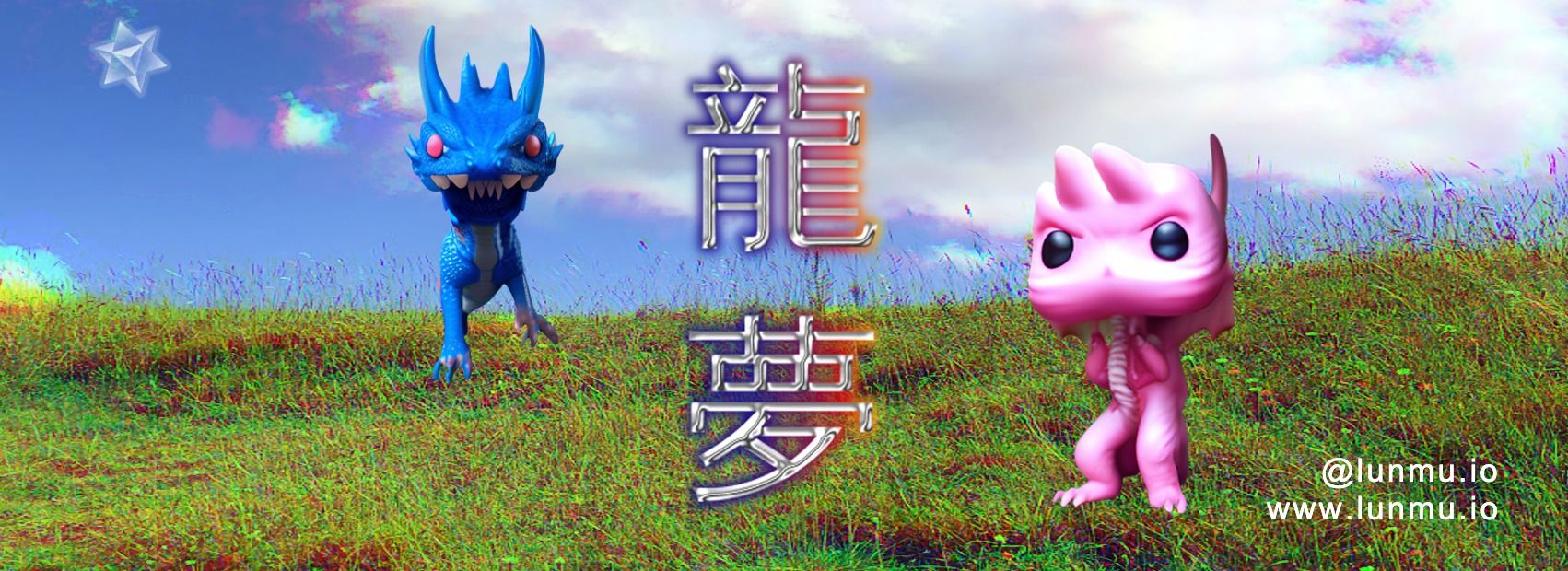Introducing Japanese-Jewish Common Ancestry Theory
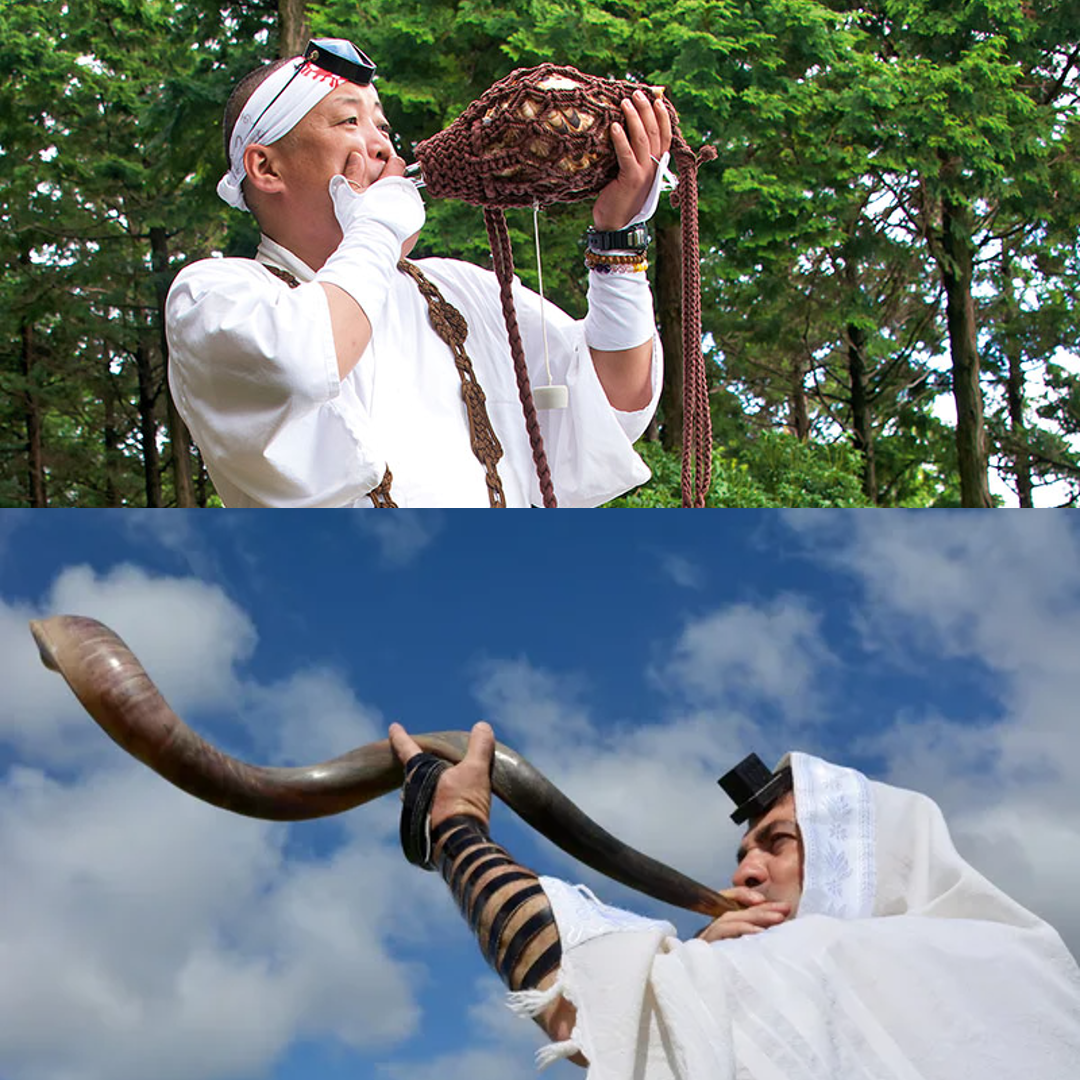
This article mainly relies on a variety of Japanese language sources, including blogs and vlogs. The linguistic inaccessibility and piecemeal nature of these sources can sometimes make it difficult, or even impractical, to provide direct references for English speakers. To address this issue, I will be including supplementary references at the end of the article, even if they may not be the exact references for the content itself. In making this adjustment, I would like to thank the Japanese esotericist community at large for generously sharing their knowledge.
"Therefore in the east give glory to the LORD; exalt the name of the LORD, the God of Israel, in the islands of the sea."
Isiah 24:15
While the accuracy of the translation above is uncertain to me, this passage, of Isiah prophetically calling for better futures on Eastern shores, holds for me the essence of a mystery I've been chasing down for the last year.
In the spring of 2022, my decade long ancestral reconnection journey led me to take a nose dive into exploring Asian esoterica. My research focused mostly on Japanese mystical traditions that are native to me, but I also found my interests naturally sprawling out into the mysteries of the Silk Road as whole, including ancient India, China, and Persia. It was an entry into a fantastic world that I never would have imagined I would venture into, teeming with strange stories, including legends of forgotten ancient civilizations and secretive prophecies preserved over thousands of years, and a cast of fantastic characters, including ancient extraterrestrials and flying magicians.
One of my surprising discoveries from this trip, which I am still on, was stumbling across what I have come to believe are the true origins of Asian invisibility, a subject that has been creeping into the collective awareness. The pandemic era has seen both a sharp rise in anti-Asian violence, and an increase in favorable media portrayals of Asian people, including the release of popular films with Asian casts, such as "Everything Everywhere All at Once (2022)", which won a slew of Academy Awards in 2023.
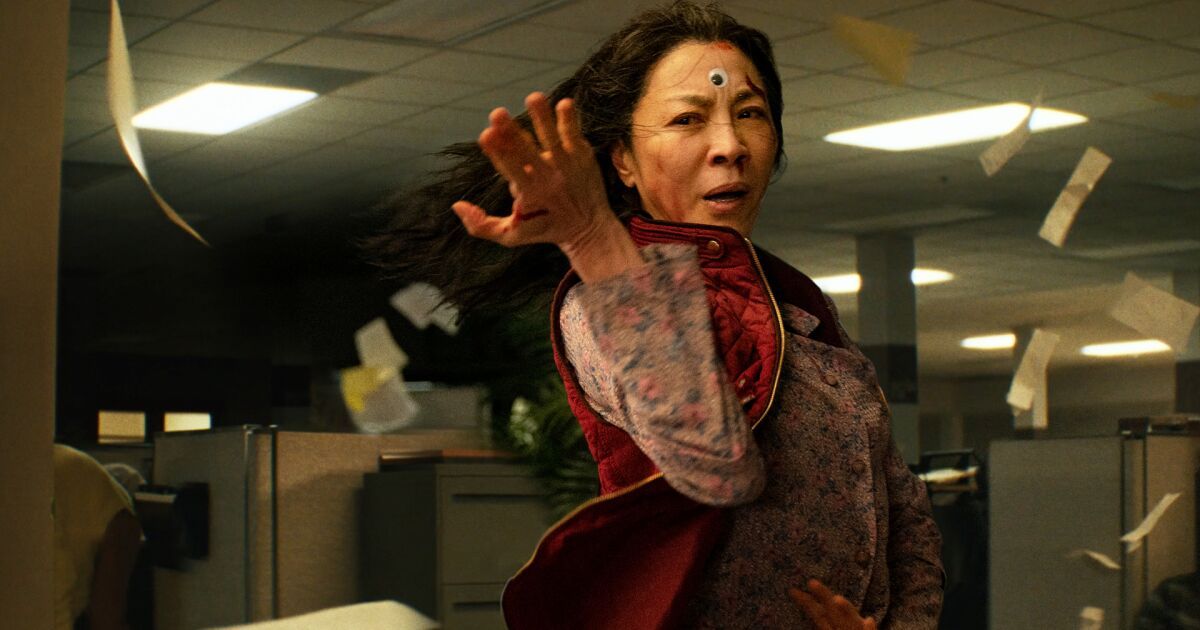
Yet, my assertion in facing this coming era of increased visibility for Asian people, is that, unlike it is commonly thought, the historical erasure of our cultural presence in the Western world is not nearly as simple as being a matter of demographic representation in entertainment, politics, and other public spaces. The suppression of Asian people and our culture within the Western psyche in fact has an ancient esoteric origin, which is at least in part, the result of secretive intervention based on prophecy.
Through my last year of exploring Asian esoterica, I've come to recognize that there is a persistent dissociative reflex, which has been created in the Western mind, that presumes the mystery traditions of the Near East, including early Mesopotamian, Egyptian, Jewish, and Christian mysteries, merely traveled Westward into Europe, or at least only left a lasting impact in the West. Over the centuries, this false and fragmented worldview has led the modern Western world to see the East as a foreign, privileged, and even hostile sphere, rather than the sibling cultural zone that it actually is.
The obvious truth is that the Near Eastern mystical traditions also traveled Eastward through the Silk Road. We know this for a fact, for example, when we study the history of early forms of Christianity such as Nestorianism. Yet, there still seems to be a veil cast over the true story of how ancient Near Eastern mystical traditions foundationally shaped Asian spirituality and how Eastern and Western traditions are actually interconnected underground, including how the East may have impacted the West, long before the advent of post-enlightenment era European Orientalism. This is to say, the 'true' Silk Road, an East-West trade route not just of goods, but of ideas, including esoteric secrets, extended far beyond the Orient, connecting the British Isles and Japan, respectively the far Western and Eastern edges of the Eurasian continent.
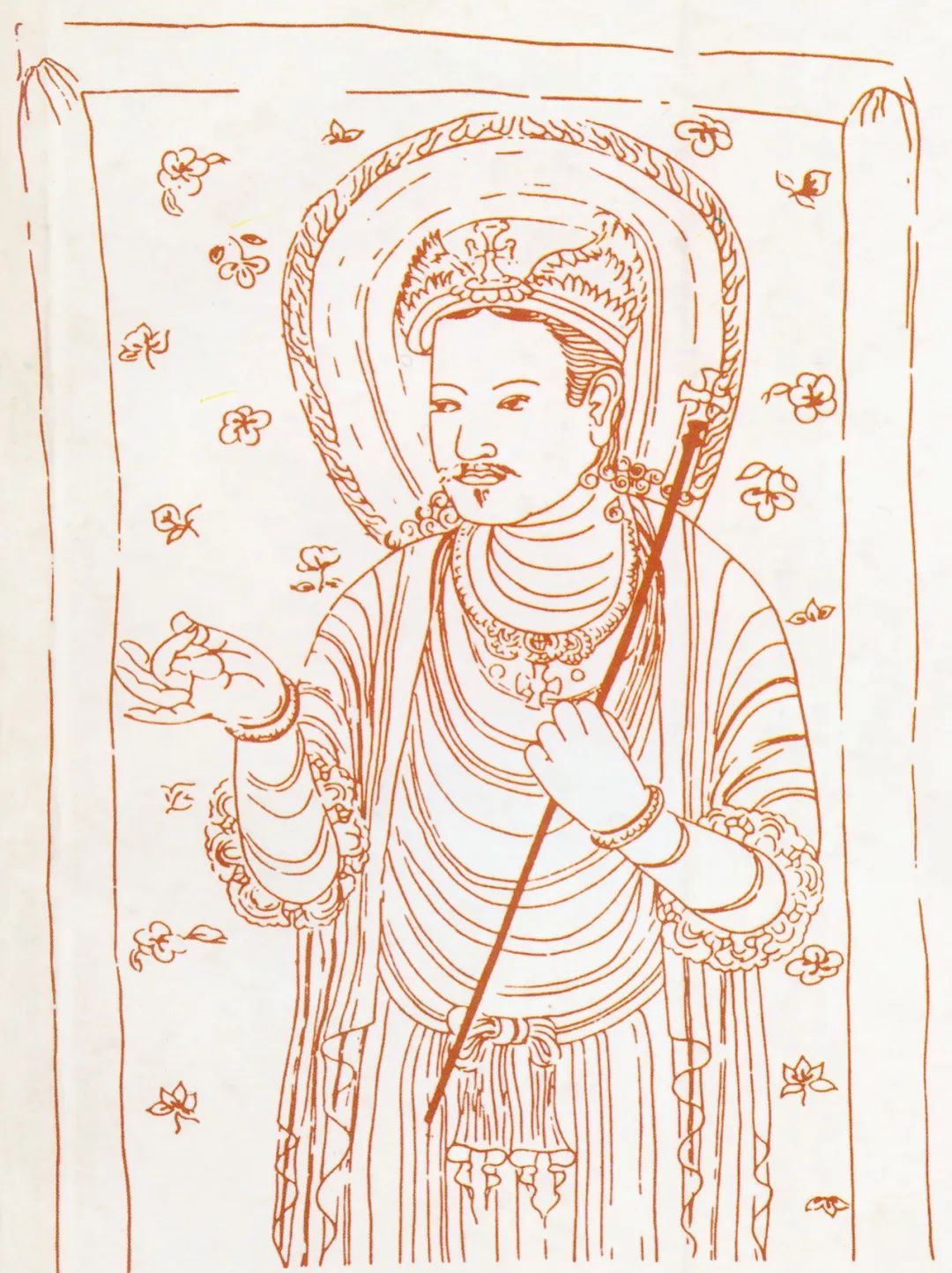
Case in point, below are images of the Chariot Card from the Rider-Waite-Smith Tarot first published in 1909, featuring a pair of black and white Sphinxes that guard the vehicle of God, and the entrance of Osake (大避) shrine in Ako (赤穂), established circa 647 CE, and protected by a pair of open-mouthed and close-mouthed Komainu (狛犬) guardians, as is custom in Japan. Both pairings of sacred beasts refer to the cosmic dualism of Yin and Yang, and point to a common origin in ancient Near Eastern mystery traditions. The Chariot card and the architecture of Japanese shrines and temples exemplify the difference that manifests when a piece of esoteric information is able to take root on land and when it is required to be portable.

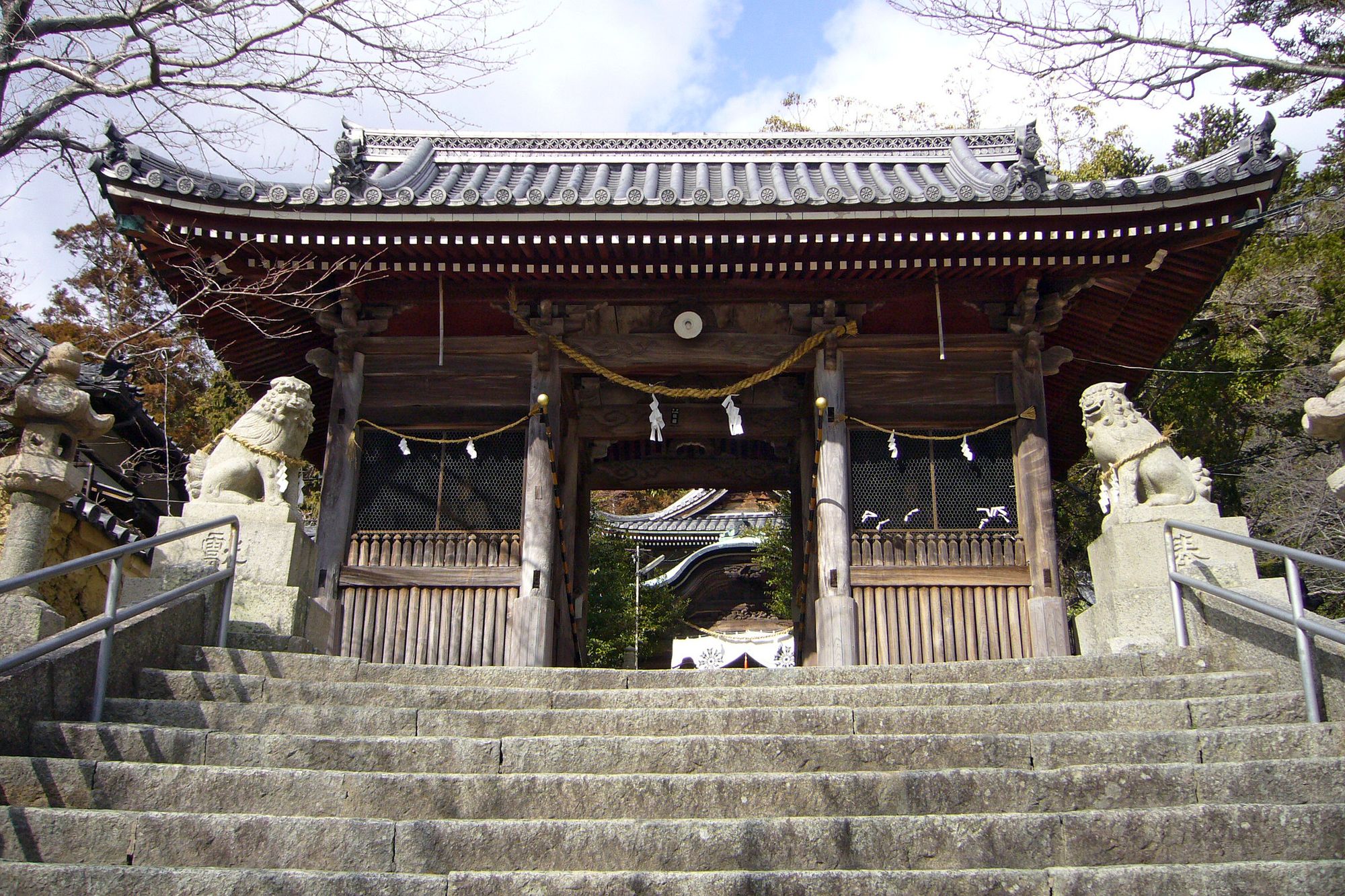
It is important to note, while the Tarot surfaced in medieval Europe around the 14th century, with the popular Rider-Waite-Smith deck being created as early 20th century, the practice of using pairs of sacred beasts to protect shrines throughout Asia is documented to have began well before the 5th century, likely having spread from Egypt to Asia during the time of the Alexandrian empire circa 300 BCE. The above example, is just one of many that shows us the mysteries of the East and West are completely interconnected, with the Eastern transmission often taking place much earlier, opening up the possibility that esoteric information first went to the Orient, before traveling back Westward in later centuries.
If we go further down this rabbit hole, there are two Osake Shrines in all of Japan - one in Ako, as mentioned above, and one in Kyoto (京都), built in 603 CE. Both are dedicated to the ancestors of the influential Hata (秦) clan, a large group of foreigners that arrived in Kyoto during the Kofun (古墳) Period (250CE–538CE). They are said to have, at their peak, numbered as many as approximately 17,000 clan members and accounted for 5% of the population of Japan. They attributed their lineage back to the Qin (秦) dynasty, a claim backed up by the fact that Hata and Qin are alternate pronunciations of the same Chinese character: 秦.
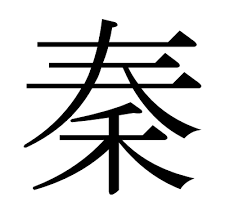
Highly skilled at city-building techniques such as irrigation and masonry, the Hata clan quickly rose to political and cultural prominence in Kyoto. They established many sacred sites, including the two above-mentioned Osake shrines, as well as the Fushimi Inari Grand Shrine (伏見稲荷大社), built in 711 CE, which features a world-famous pathway created by hundreds of vermillion colored Torii (鳥居) gates.
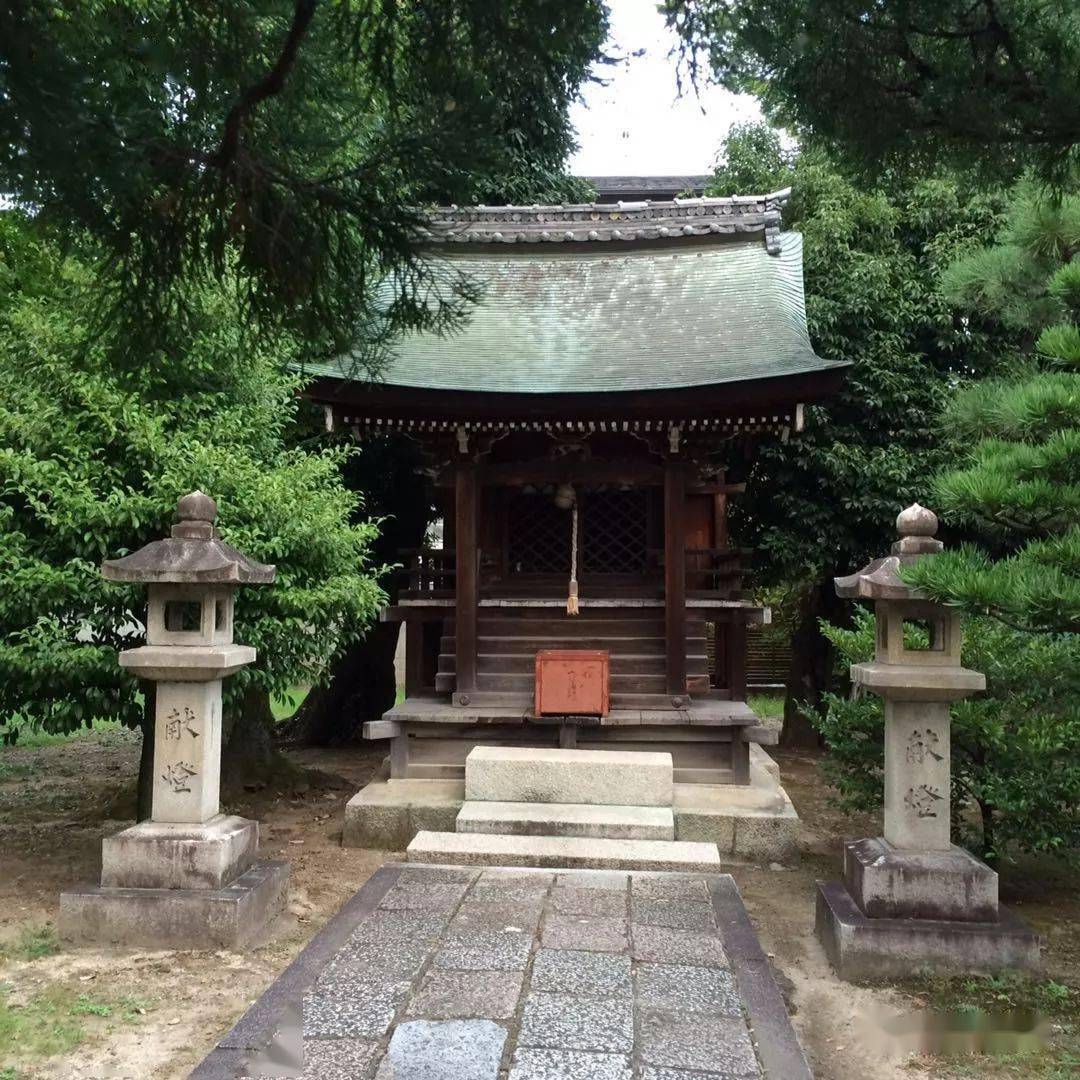
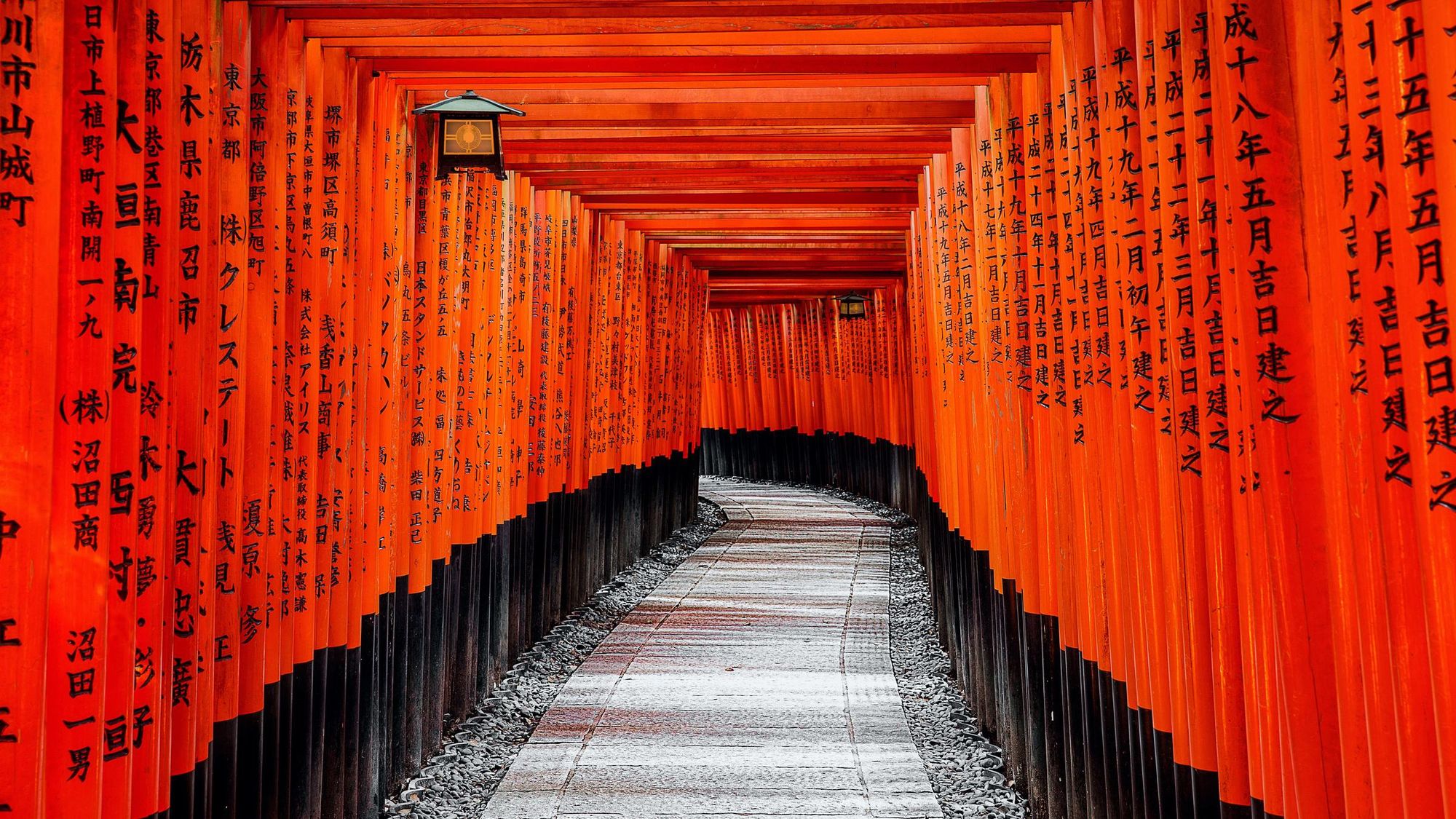
In 1908, Yoshiro Saeki (佐伯好郎), a Japanese scholar of Nestorianism, pointed out that the two Osake shrines previously spelled Osake as 大辟, rather than the current 大避 and 大酒. He further postulated that the old spelling, 大辟, was a simplification of 大闢, pronounced Dàpì, referring to King David in ancient Nestorian texts. This led Saeki to conclude that the Hata clan were early Nestorian Jews who attributed their back to the legendary heroic King of Israel.
Backing this claim up, the ancient Chinese referred to the Achaemenid and Roman Empires as Dàqín, or Great (大) Qin (秦), implying that the Chinese Qin dynasty was a subsidiary of these westward empires, and early Nestorianism was called Dàqín Jiào (大秦教), meaning teachings of the Near East. Additionally, the district of Kyoto that the Hata clan convened in, Uzumasa (太秦), is spelled very similarly to Dàqín (大秦), with the character 太 simply replacing 大. Since 太 and 大 both mean 'large' and are considered largely interchangeable, Uzumasa and Dàqín are functionally the same name. Saeki saw this as another linguistic connection between the ancient Near Eastern mystery traditions and the Hata clan.

These observations by Saeki about the possible Near Eastern origins of the Hata clan became the bedrock of the 'fringe theory' now known as Nichiyu Dosoron (日ユ同祖論), or Japanese-Jewish Common Ancestry Theory (JJCAT), that claims: Japanese spirituality has a secret ancient connection to the ancient Near East and was purposefully engineered by early Israelites, Jews, and Christians to hide their mystical secrets.
Intriguingly, Saeki is said to have later in his life told his student Shiso Hattori (服部之總), he made up JJCAT to promote the flow of Jewish-backed funds into a rapidly Westernizing Japan. Nevertheless, JJCAT went on to gain a substantial following, with many new correlations between ancient Israelites and the Japanese being speculated by a slew of esoteric writers, bloggers, and vloggers, especially since the 1980s. Today, JJCAT has become umbrella for a diverse range of ideas, including anthropological research, esoteric Shinto cosmologies, and conspiracy theories.
One of the most startling pieces of evidence in support of JJCAT I have come across originates from the esoteric tradition of Shugendo (修験道), a mountain ascetic practice that emerged around 700 CE as a syncretization of indigenous animistic traditions, with Buddhist gnosticism and Daoism, which came through China and Korea. Shugendo has an intimate connection to the Hata clan. During the 7th century, when the political climate deteriorated for them in Kyoto, the Hata clan began to retreat into the mountains surrounding Kyoto to become major contributors to the esoteric art. From there, Shugendo spread as a nation wide network throughout the mountains of Japan. Approximately one-in-a-hundred Japanese belonged to the secretive network before the Shugendo Abolishment Order was decreed in 1873 as a part of Japan's Westernization bid during the Meiji (明治) era.
JJCAT writers have pointed out that Shugendo practitioners, who have re-emerged from their ban and gather today as a secret society, dress almost exactly like Rabbis. They blow on a Horagai (法螺貝) conch horn instead of a Shofar made of ram's horn, and wear a Tokin (頭巾) headdress instead of a Phylactery. These iconic features of the Shugendo priest's uniform appear in Japanese history without any precedent, and to the best of my understanding, no spiritual traditions around the world, other than Judaism, share them.
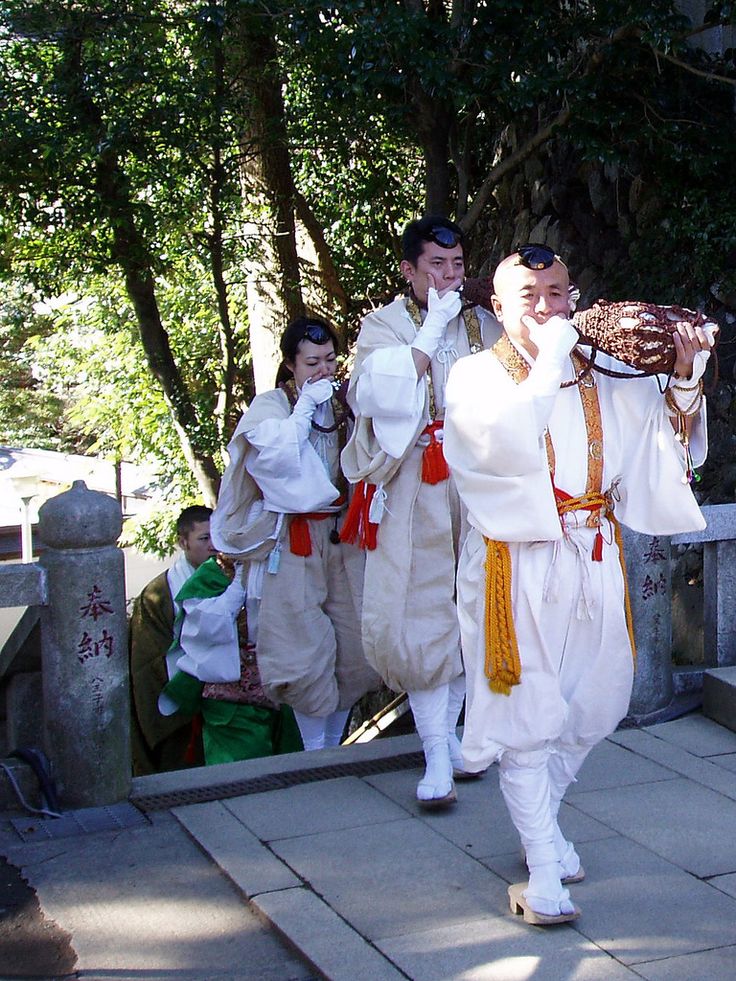

The possible correlations between Judaism and Shugdendo becomes even more startling when we investigate the mysterious Tengu (天狗), legendary flying humanoid demons, who were said to be teachers of Shugendo priests. With their high noses and long beards, the Tengu look strangely foreign compared to traditional renderings of Asian people, including the Japanese, of themselves. This has led to speculations that their appearance was an exaggerated caricature of how early Near Eastern migrants were perceived in ancient Japan.
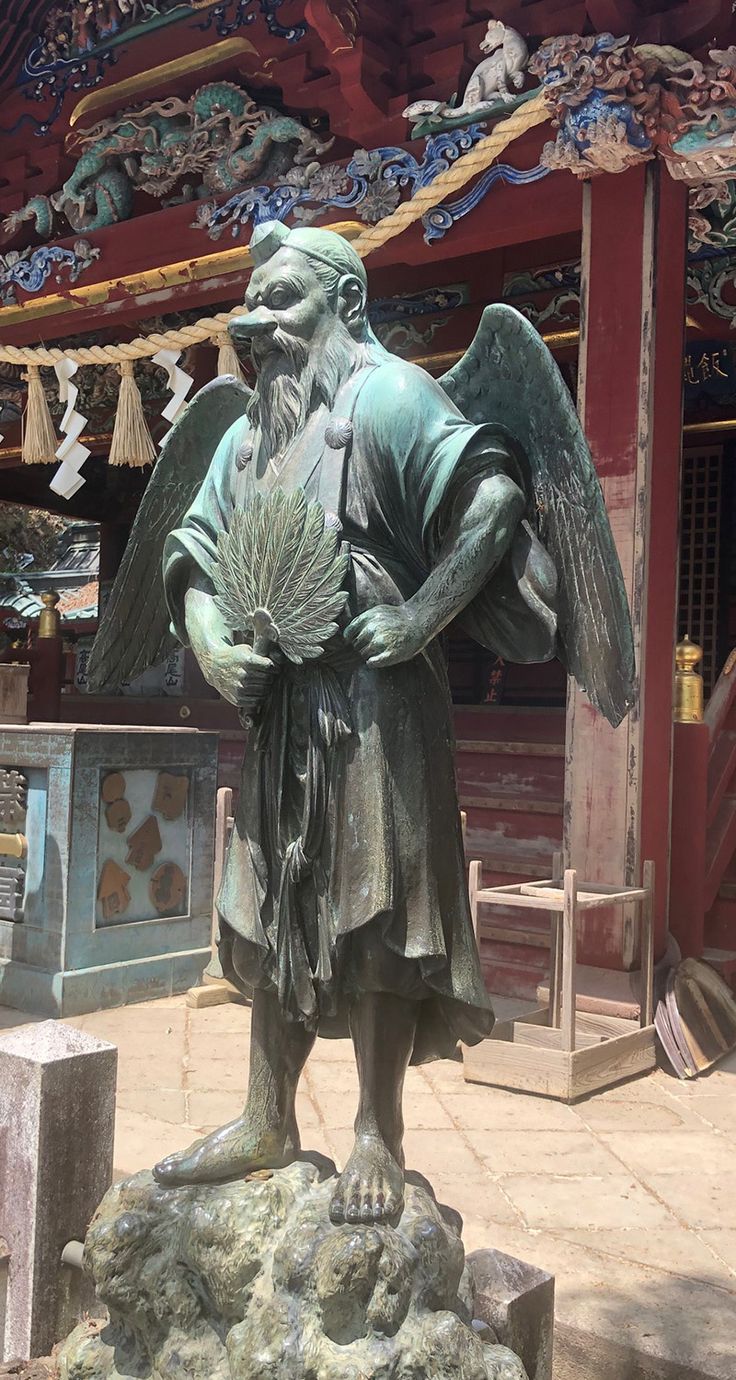
Lores say that the Tengu would specially pass down Tora-no-Maki scrolls (虎の巻) to adepts who complete their training, which included military strategy and martial arts. The Chinese character for Tora (虎) means tiger, yet there are no tigers living in Japan. This means that that the Chinese characters could have easily been applied later, purely phonetically, and were not relevant to the meaning of the original word. JJCAT supporters have claimed that this suggests Tora-no-Maki was in fact a secret code for the Jewish holy book: The Torah.

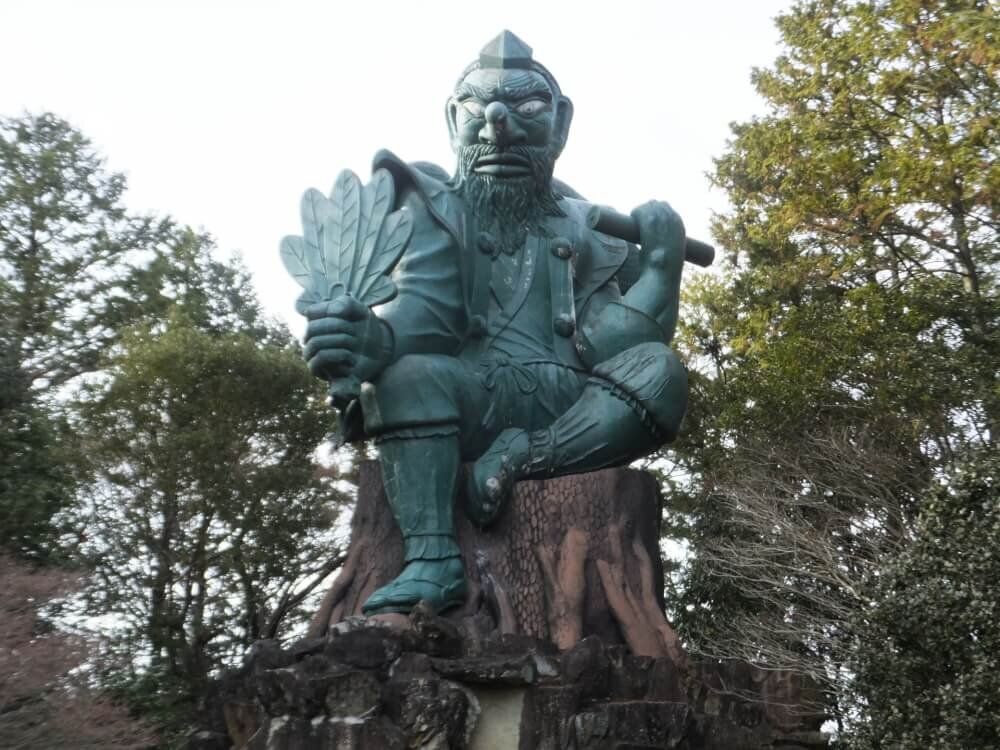
It's also noteworthy here that the Ninja, a class of magician-warriors, developed out of Shugendo priests, sharing esoteric practices and beliefs with them. In this below detail from a painting of a famous battle between the infamous medieval warlords Nobunaga Oda (織田信長) and Ieyasu Tokugawa (徳川家康), you see a group of men surrounding Nobunaga who are likely mystical advisors i.e. ninjas, strangely featuring hexagrams, resembling the Star of David, on their back.
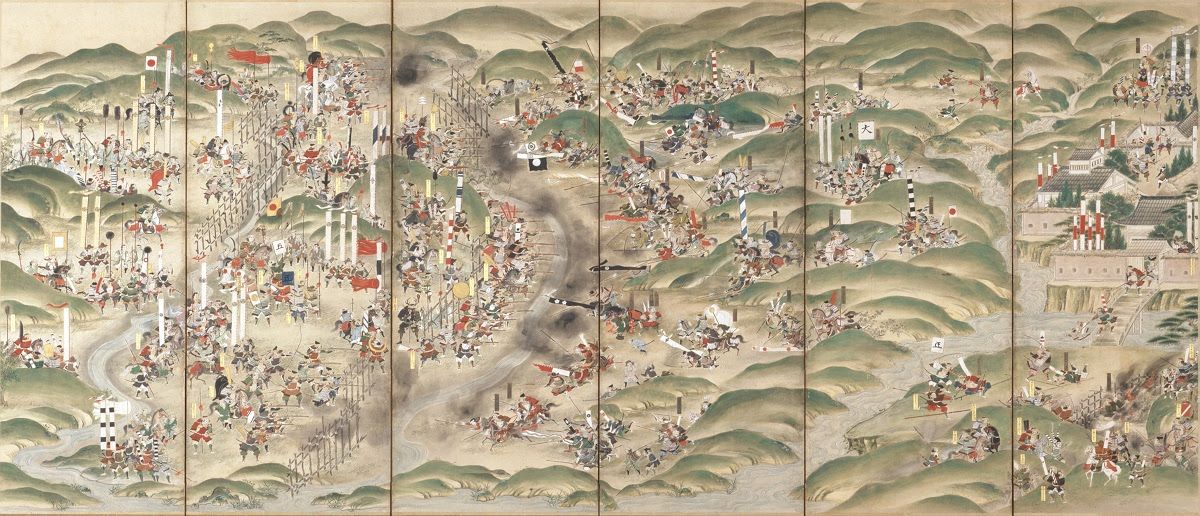
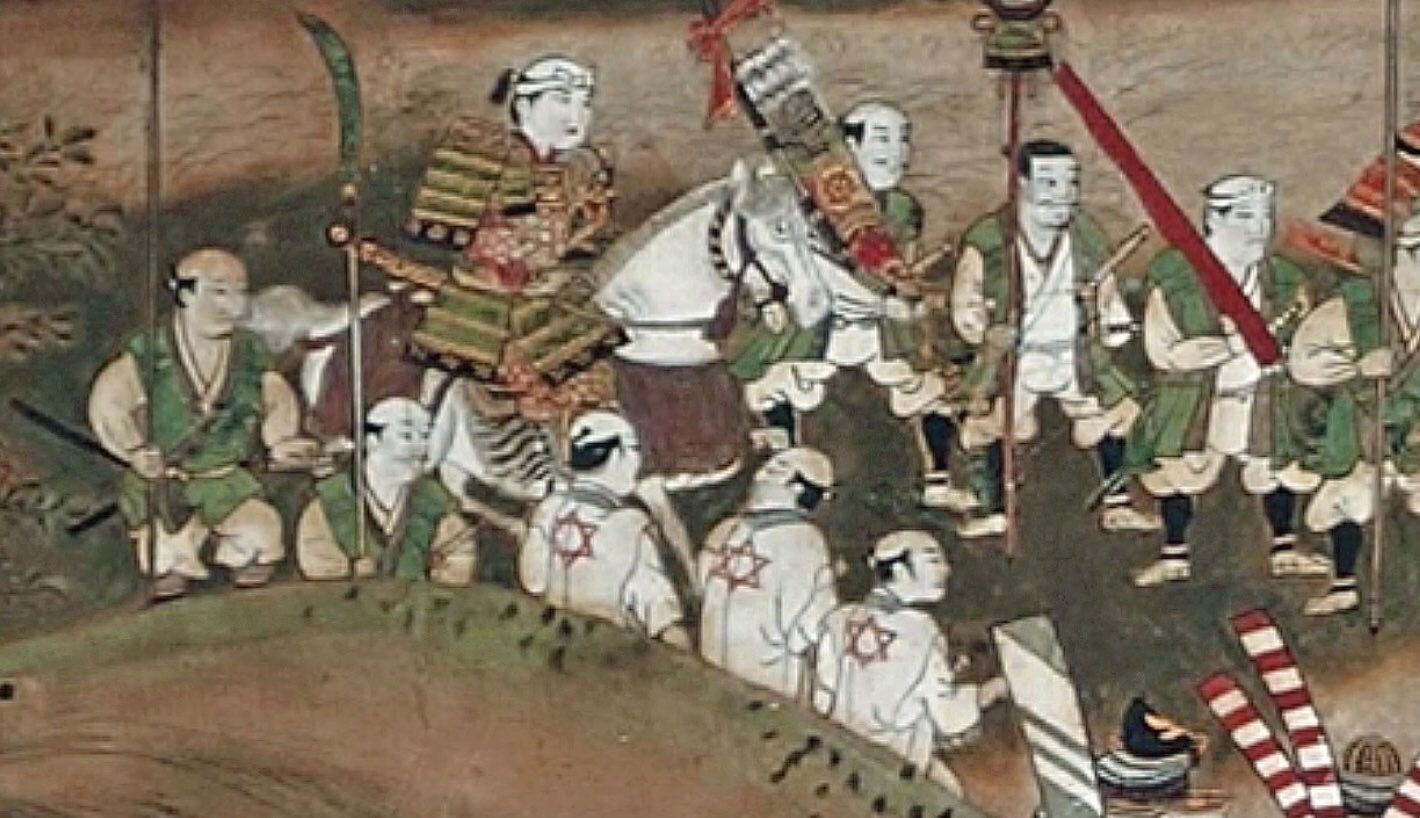
Researching JJCAT, and particularly this esoteric history of Shugendo, struck a personal chord for me as I also learned that the Hozumi clan have been one of the pioneering families of Shugendo. During the Nara (奈良) period (710 - 784CE), Oshimaro Hozumi (穂積忍麻呂) founded a hereditary priesthood lineage at Kumano Hayatama Grand Shrine (熊野速玉大社), one of the Triple Grand Shrines of the Kumano mountains (熊野三山), and a significant spawning site for the early Shugendo tradition. This branch of the Hozumi clan majorly contributed to the spread of the Kumano shrine network, composed over 3000+ shrines across Japan. This dessimnation birthed the Suzuki (鈴木) clan, who originated as a lineage of priests for the Kumano shrine network, that were either related or affiliated with the Hozumi clan.
From diving into this material a great story has emerged for me to explore and share. Like many fellow Japanese spiritualists, I have come to believe that the Asian spiritual systems, now widely culturally exported to the West in various forms, including anime and manga, video games, martial arts, spiritual practices, and decluttering advice, as well as integrated into Western mythos via techno-futurist films, such as The Matrix and Avatar, have been stealthily crafted and maintained for a purpose that was prophetically determined thousands of years ago, for the exact times we are living in. The purpose, as I understand, was the preservation of spiritual-cultural systems that are able to integrate various conflicting worldviews into a nondual whole, and allow humans to survive our current era of an increasingly fragile Earth and emerging Metaverse.
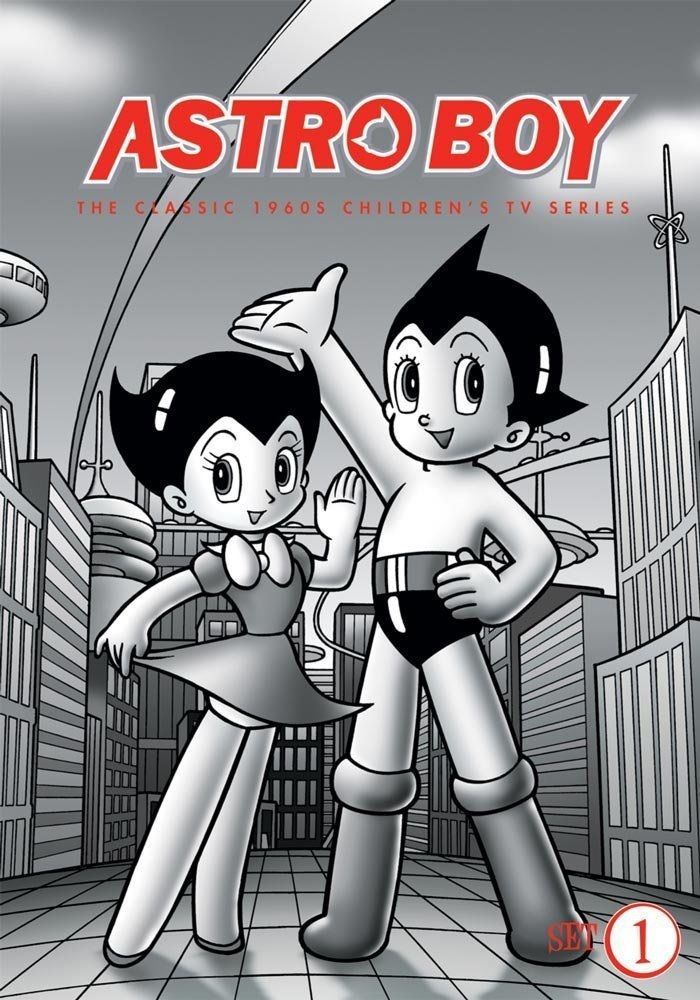


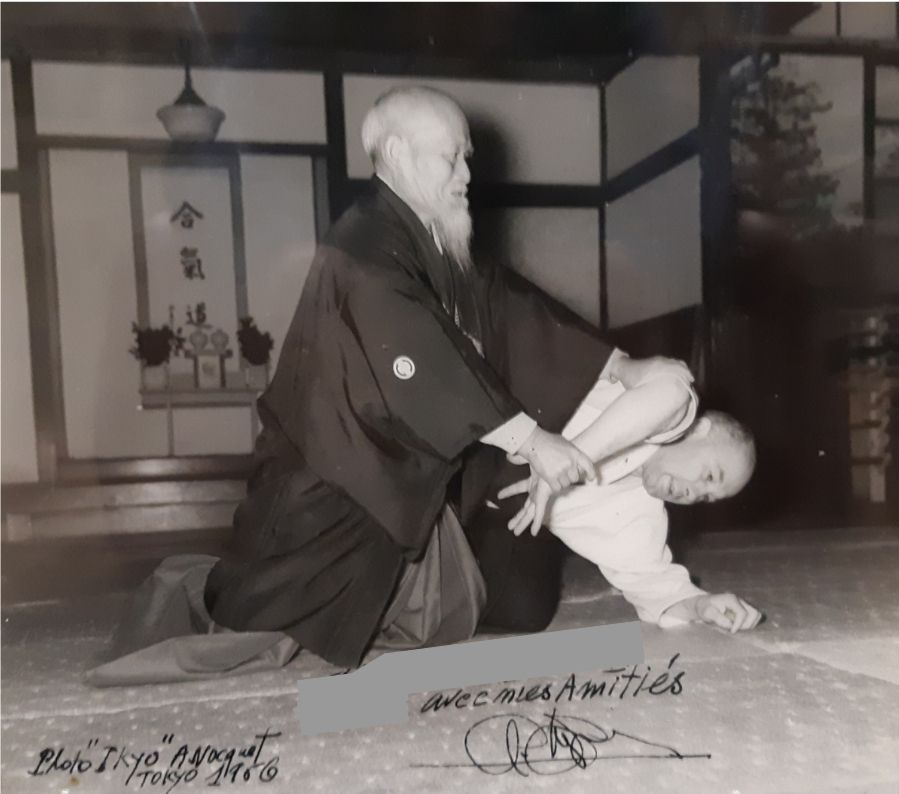
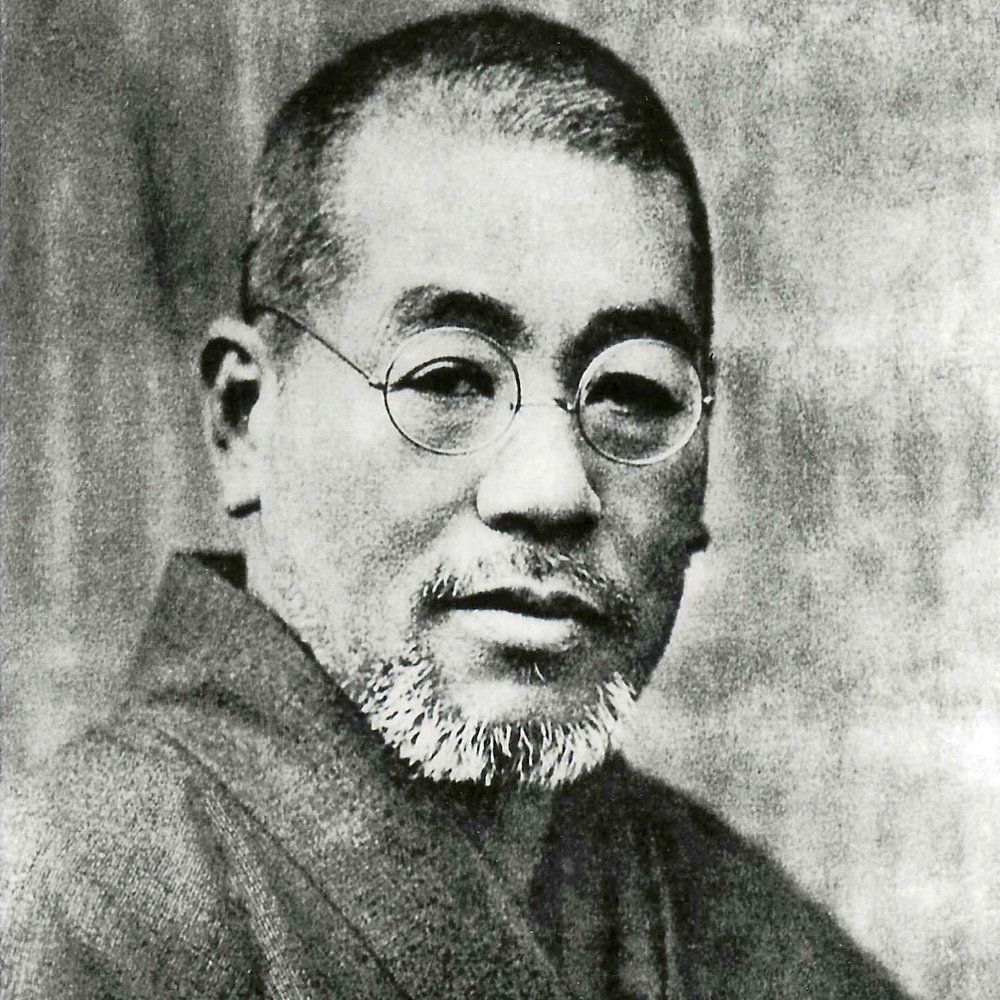
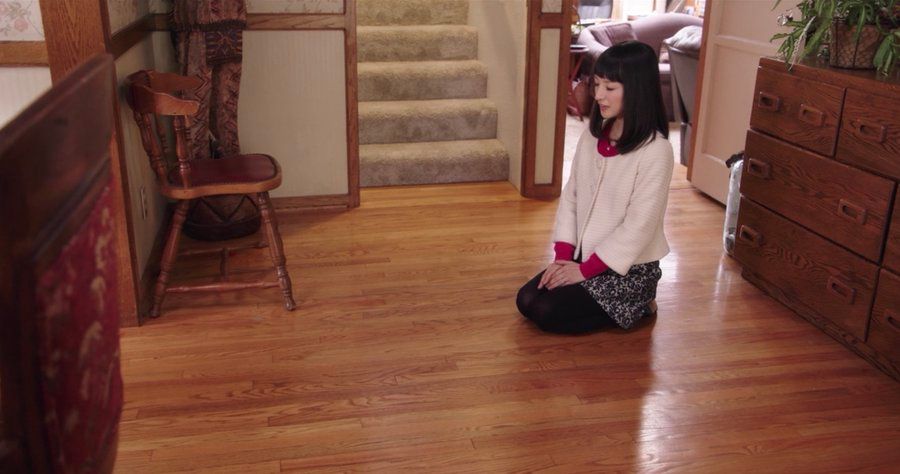
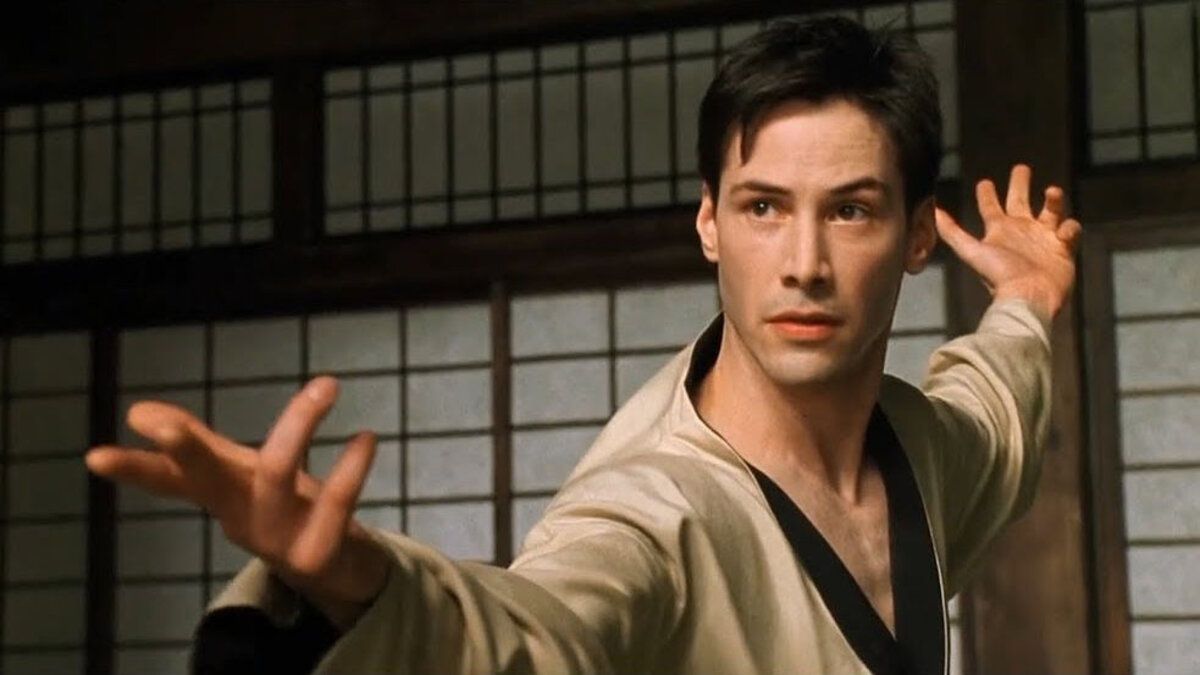
As an Asian spiritualist who has grown up in the diaspora, I see that our relevance in the world will only continue to grow as humanity heads deeper in to the transformational chaos of the Singularity. Reconnecting with our ancient ancestors inevitably unearths the secrets of the Silk Road, revealing many truths about humanity's destiny. We, as Asian people, carry invaluable knowledge in both our biological and cultural epigenetic, and are critical to the birth of a new world that brings harmony between humans, nature, and technology.
In the future, I would like to dive deeper into the underground connections between the Eastern and Near Eastern mysteries, particularly focusing on bringing together the puzzle pieces of prophecies that have been left behind by our ancestors to help humanity navigate the initiatory epoch we are facing.
Thank you for reading.
Blessings and may your ancestors shine on you,
Tadaaki Hozumi
If you would like to learn more about JJCAT, I have found this recently created video to be a great start for English speakers, especially as it includes many of the correlations brought up in this article.
You are also welcome to check out my new esoteric art project, 龍夢・Lunmu (Dragon's Dream), that I am working on with my partner and collaborator Rein Lo. It weaves much of my research into what we consider an open-source user-friendly modern spiritual science.
